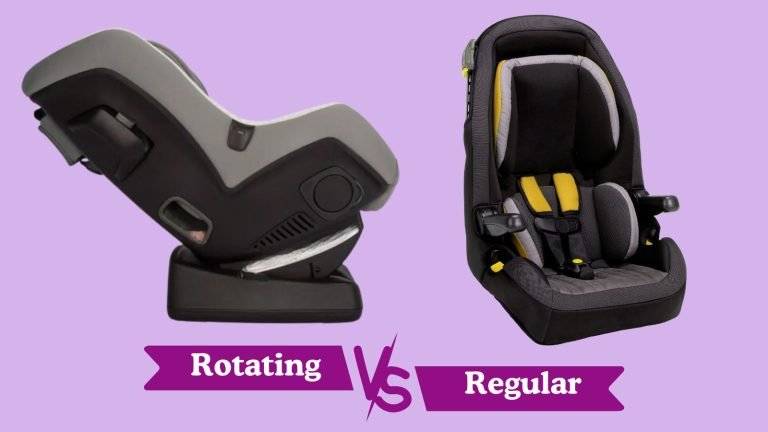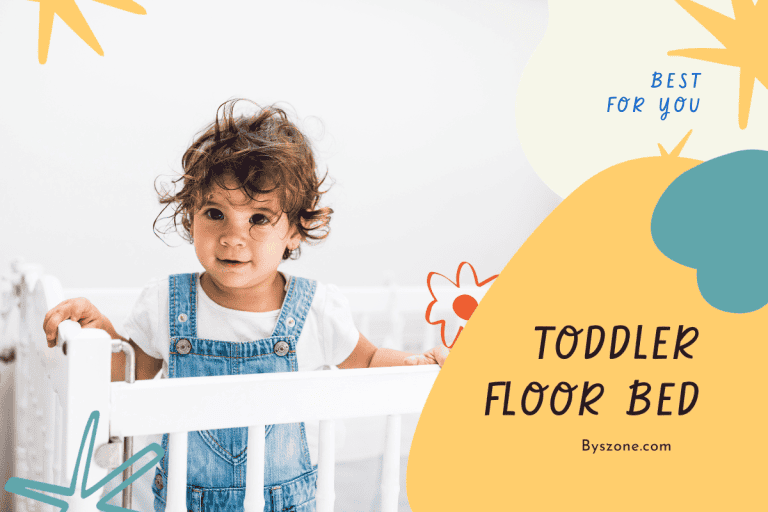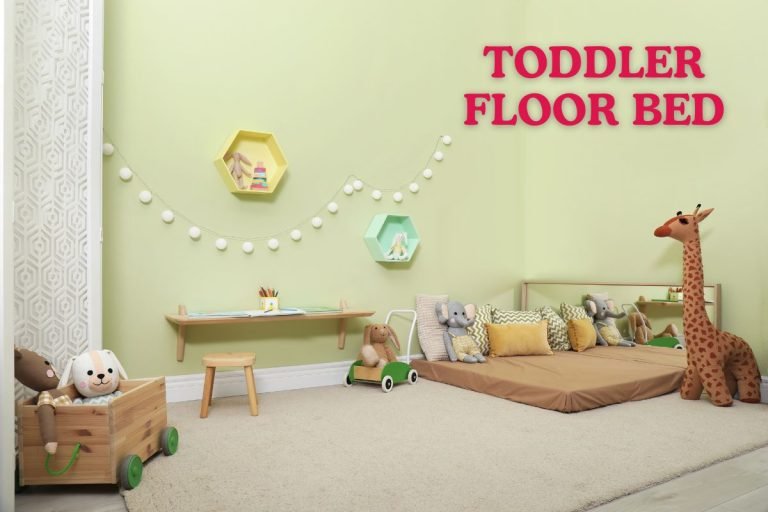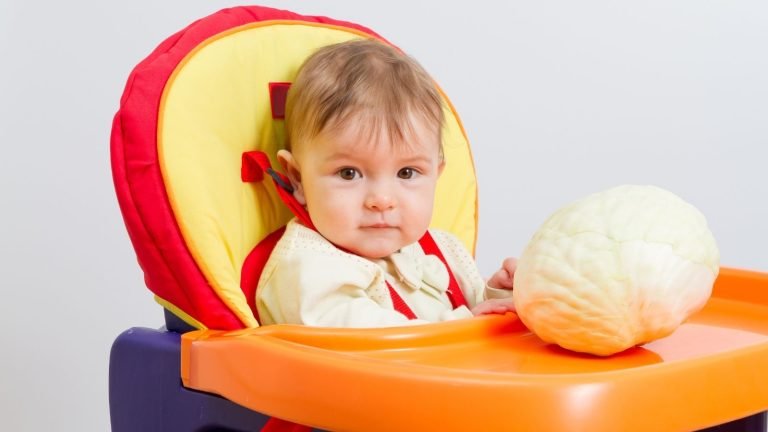Why Do You Need Baby Bottles for Your Precious Little One’s Ultimate Comfort in 2025?
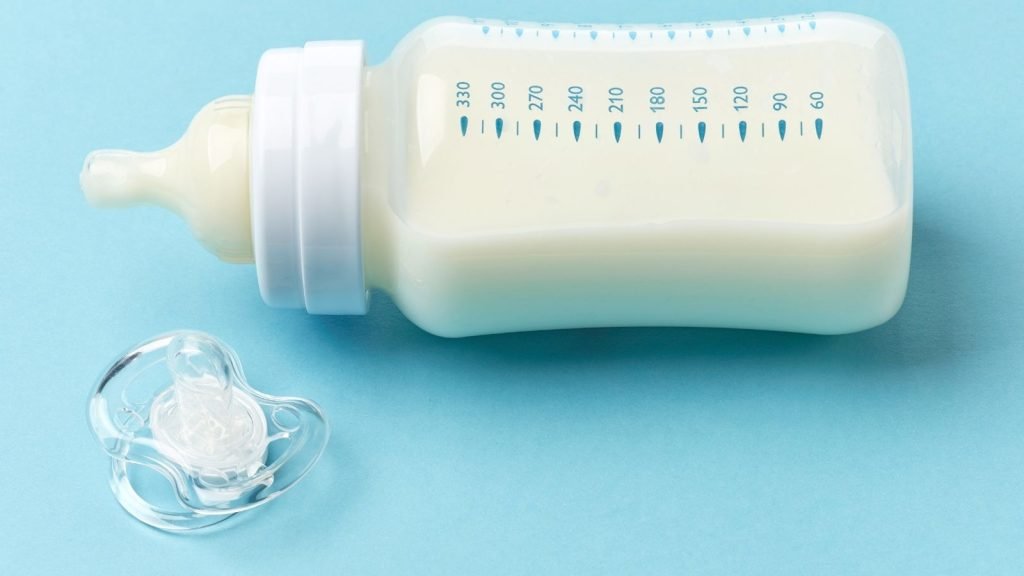
Have you ever thought about why baby bottles are so important? Well, let’s talk about it! This blog post will discuss why baby bottles are a big deal for parents. They’re not just containers for milk.
They’re like special tools that make feeding time more accessible and fun. We’ll explain how baby bottles help your baby grow healthy and happy. Are you interested in nipple confusion or tummy problems?
Don’t worry! We’ll give you simple tips on picking suitable bottles and keeping them clean. Say goodbye to feeding worries and hello to smoother days with your little bundle of joy! Let’s dive into the world of baby care basics together.
Key Takeaway: Why Do You Need Baby Bottles
- Convenience: Easy feeding on the go and allows others to help, giving caregivers a break.
- Healthy Feeding: Controls milk flow to prevent overeating and digestive issues.
- Breast Milk Storage: Efficiently stores breast milk for flexible feeding schedules.
Benefits of Using Baby Bottles
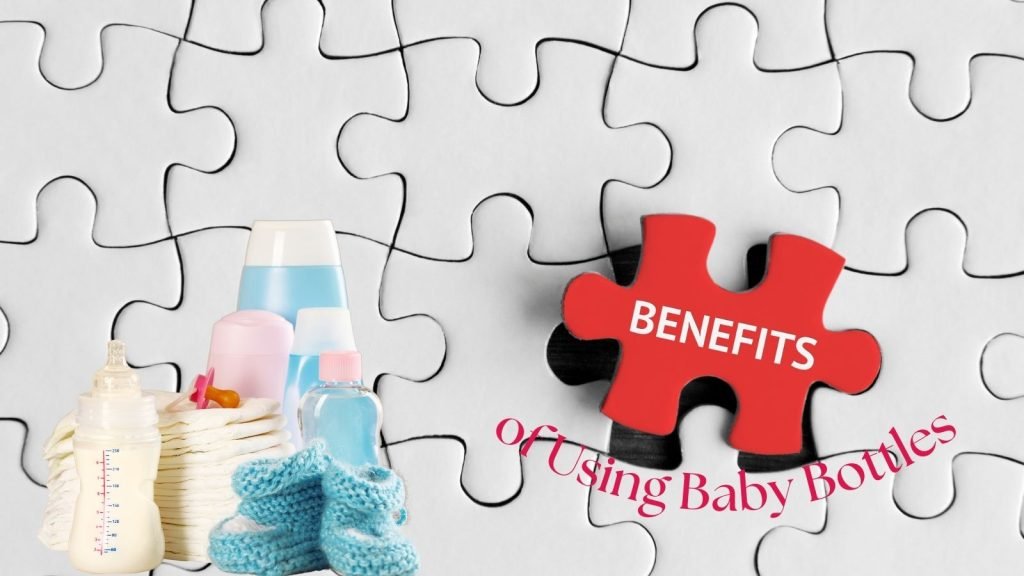
Baby bottles offer numerous advantages for parents and babies, especially when you bottle feed. This method provides convenience, promotes healthy feeding habits, facilitates breast milk storage and feeding, and supports bonding during bottle-feeding. Here are compelling reasons to consider incorporating baby bottles into your feeding routine.
Convenience for Parents
Baby bottles provide invaluable convenience for parents, allowing others to feed the baby when needed. This gives primary caregivers a break and fosters bonding opportunities for other family members and caregivers. Moreover, it enables feeding on the go, whether you’re out running errands or traveling, ensuring your baby’s nutritional needs are met wherever you are.
Promoting Healthy Feeding Habits
Using baby bottles can contribute to the development of healthy feeding habits in infants. With controlled milk flow and the ability to pace feeding, babies are less likely to overeat, reducing the risk of digestive issues and discomfort. Paced bottle feeding involves using a teat to hold enough milk horizontally, encouraging babies to open their mouths wide and take in the whole teat. It is beneficial for mixed-feeding or breastfed babies transitioning to bottle feeding. This method promotes healthy feeding habits by controlling milk flow and pacing feeding to promote digestion and reduce overeating. Additionally, incorporating bottle feeding alongside breastfeeding can help babies adjust to different feeding methods, providing more flexibility for parents and caregivers.
Facilitating Breast Milk Storage and Feeding
Baby bottles play a crucial role in facilitating breast milk storage and feeding. They allow for efficient pumping and storing of breast milk, ensuring that babies receive the nutritional benefits of breast milk even when direct breastfeeding isn’t possible. Combining breast and bottle feeding can help maintain milk supply and accommodate busy schedules. Plus, with vented and anti-colic bottles, air bubbles are minimized, reducing the risk of discomfort for the breastfed baby during feeding.
Types of Baby Bottles
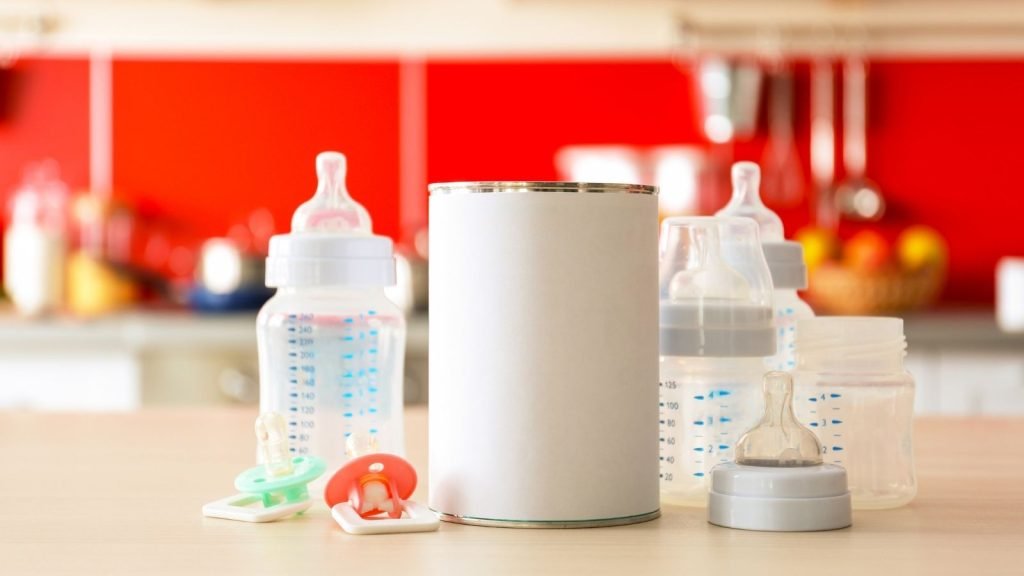
Different types of baby bottles offer unique advantages and disadvantages, making it essential for parents to understand their options.
Glass Bottles
Glass bottles offer several advantages for feeding your baby. They are durable, making them a long-lasting option that can withstand frequent use and cleaning. Glass bottles are also easy to clean, ensuring a hygienic feeding experience for your baby.
However, they tend to be heavier than plastic bottles, making them less convenient for travel or when on the go. Additionally, there is a potential for breakage, so extra care may be needed during handling and storage.
Plastic Bottles
Plastic bottles are a popular choice for feeding infants due to their lightweight nature and affordability. They are convenient for travel and easy to handle, making them a practical option for busy parents.
However, one of the main disadvantages of plastic bottles is the potential for chemical leaching, especially when exposed to heat or harsh cleaning agents. Choosing BPA-free bottles and following proper cleaning and sterilization guidelines is essential to minimize risks.
Different Bottle Nipple Types and Flow Rates
Regarding bottle feeding, the type of nipple and flow rate can significantly impact your baby’s bottle-feeding experience. Nipples come in various shapes and sizes to mimic the natural shape of a breast, ensuring a comfortable latch for your baby.
Additionally, different flow rates cater to your baby’s developmental stage, providing the right amount of milk at a pace that suits their needs. It’s crucial to select a nipple with a flow rate that matches how the milk flows into the baby’s mouth, as a too-fast flow can lead to coughing, spluttering, or difficulty keeping up, while a too-slow flow might frustrate them.
Slow-flow nipples are ideal for newborns, while faster flow rates are suitable for older infants consuming more significant volumes of milk or formula. Choosing the right nipple shape, type, and flow rate can help prevent nipple confusion and ensure a smooth feeding process for you and your baby.
Choosing the Right Baby Bottle
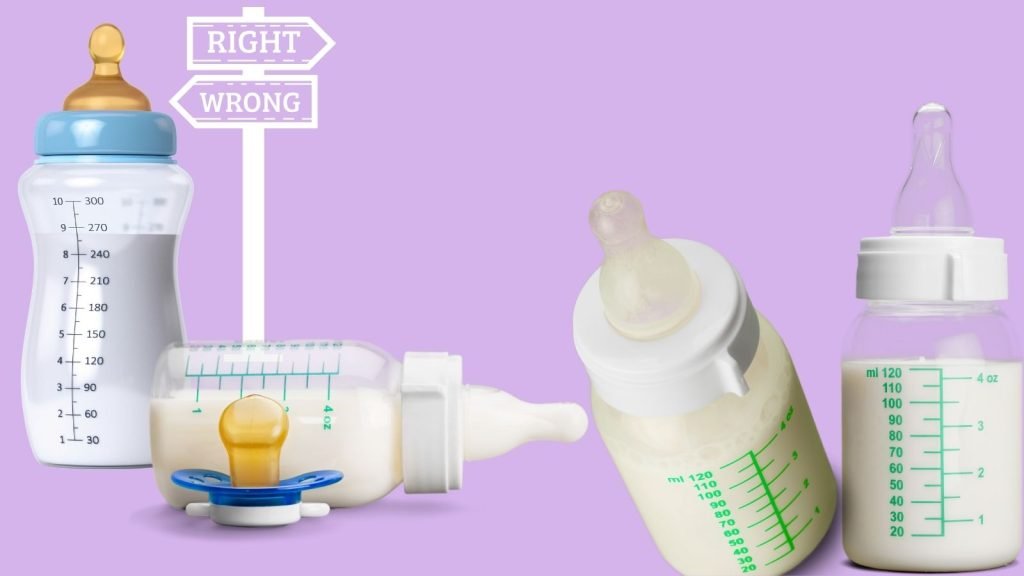
Considering Your Baby’s Age and Needs
When selecting a baby bottle, consider your baby’s age, the number of bottles, and what they need. Newborns may prefer a slower-flow nipple, while older babies might need both bottles with a faster flow to keep up with their appetite.
Factors to Consider
- Material: Decide between glass or plastic bottles based on your preferences for durability and potential chemical exposure.
- Bottle Size and Shape: Choose a bottle size and shape that is comfortable for you and your baby to hold during feeding time.
- Nipple Flow Rate: Ensure the nipple’s flow rate matches your baby’s age and feeding abilities to prevent choking or frustration.
- Anti-Colic Features: Look for bottles with anti-colic features, such as venting systems or unique nipple designs, to reduce air intake and minimize discomfort for your baby.
Trying Different Options to Find the Best Fit
Every baby is unique, so it may take the first few weeks and some trial and error to find the perfect bottle for your little one. It’s essential to try different types and materials of baby’s bottle, including glass, plastic, hybrid, stainless steel, and disposable options, to find the best match for your baby’s needs and preferences.
Don’t be afraid to experiment with different brands, sizes, and nipple styles until you find the one your baby likes best.
Proper Use and Maintenance of Baby Bottles
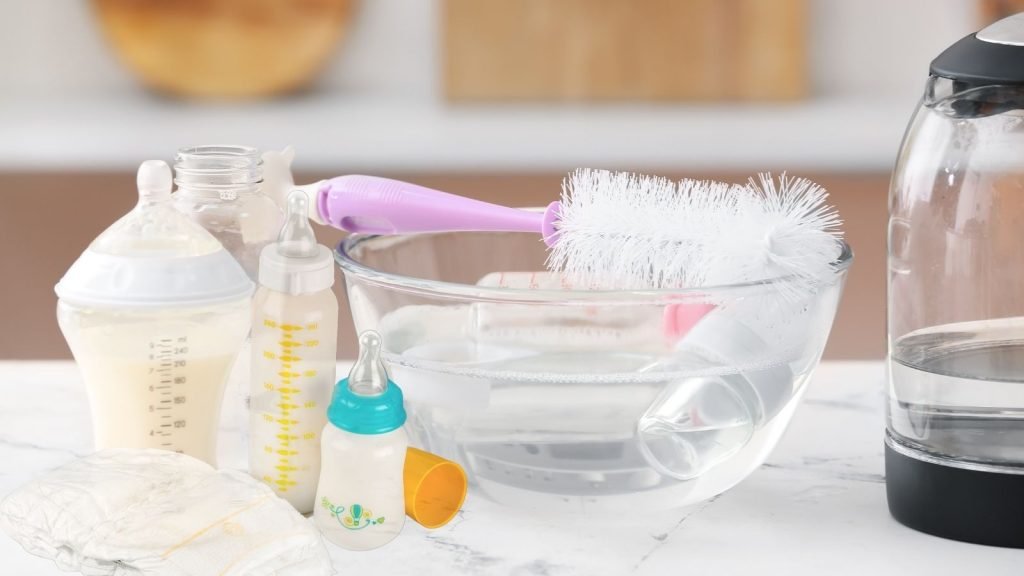
Cleaning and Sterilising Bottles
Proper cleaning and sterilization of baby bottles and feeding accessories are crucial to ensuring your baby’s health and safety. Wash bottles, nipples, and other feeding accessories with hot, soapy water after each use. Also, sterilize them regularly by boiling them in warm water or using a sterilizer to kill harmful bacteria.
Preparing Baby Formula or Breast Milk
When preparing formula or storing breast milk, follow proper guidelines to maintain nutritional value and prevent contamination. Use clean, sanitized bottles and utensils for preparation, and store formula or breast milk in the refrigerator or freezer as per recommended storage times.
Feeding Techniques and Positions
Proper feeding techniques and positions can help prevent issues like gas and reflux and promote comfortable feeding experiences for your baby. Hold your baby in a semi-upright position during feeding to reduce the risk of choking and allow for better digestion.
Also, ensure the nipple is filled with milk to prevent your baby’s mouth from swallowing air. Experiment with different feeding positions to find the best for you and your baby.
Transitioning from Bottle to Cup
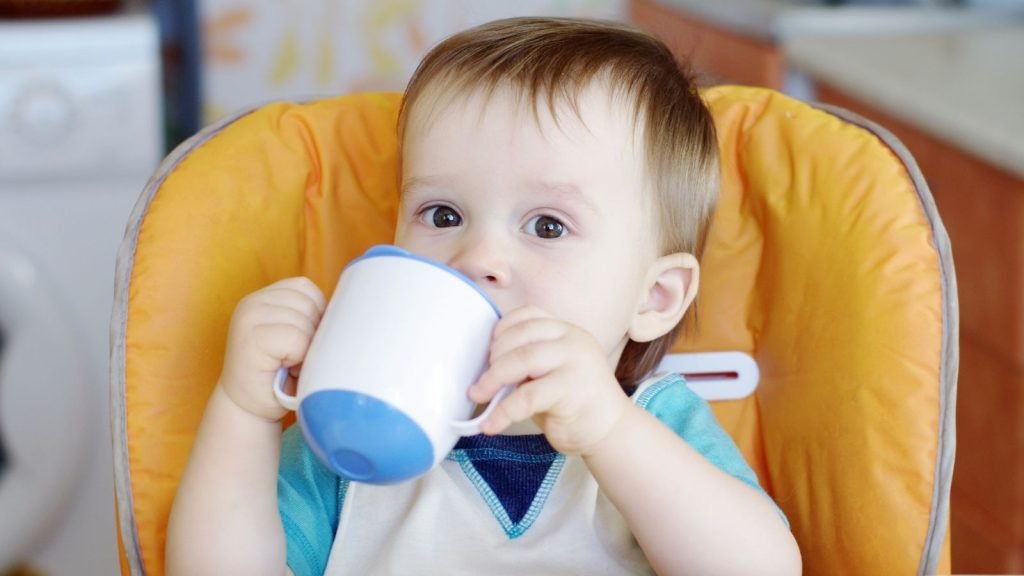
Signs That Your Baby Is Ready
It’s essential to look for signs indicating your baby is ready to move from a bottle to a cup. These signs may include showing interest in drinking from a cup, sitting up and holding objects independently, and displaying readiness to learn new things.
Gradual Transition Process
Transitioning from a bottle to a cup should be done gradually to make it easier for your baby to adjust. Start by offering sips of water from a cup during meals or snacks. As your baby gets used to drinking from the cup, gradually reduce the number of bottle feedings while increasing cup feedings until they are fully transitioned.
Tips for a Smooth Transition
Consider using a soft spout or sippy cup for babies transitioning from bottles to ensure a smooth transition. Offer praise and encouragement to your baby as they learn to drink from the cup.
Be patient and supportive throughout the process, as it may take time for your baby to get used to the change. Additionally, try to maintain consistency in the transition approach to help your baby feel more comfortable with the new way of drinking.
Summary
Choosing the right baby bottle is essential for your baby’s feeding. Consider your baby’s age, the bottle’s material, how fast the milk flows, and whether it helps with colic. Cleaning and sterilizing the bottle properly keeps feeding your baby safe.
When it’s time to switch from a bottle to a baby’s cup, watch for signs your baby’s ready and do it gradually. The right bottle can make feeding more accessible and fun for both of you. You might also consider supporting their digestive health with the best natural baby probiotics for even greater comfort.
Frequently Asked Questions
What is the Purpose of Baby Bottles?
Baby bottles are for feeding infants when they can’t breastfeed directly
Why is Bottle Feeding Important for Babies?
Bottle feeding provides essential nutrition for newborn babies who can’t breastfeed.
What Are the Advantages of Bottles?
Bottles offer convenience, flexibility, portion control, and compatible infant formula.
What is compatibility? Is it necessary to give a baby a bottle?
Please choose the right bottle, and the nipple can keep it clean. Ensure the baby drinks warm milk. Hold the baby comfortably. Watch for cues of hunger or discomfort.
